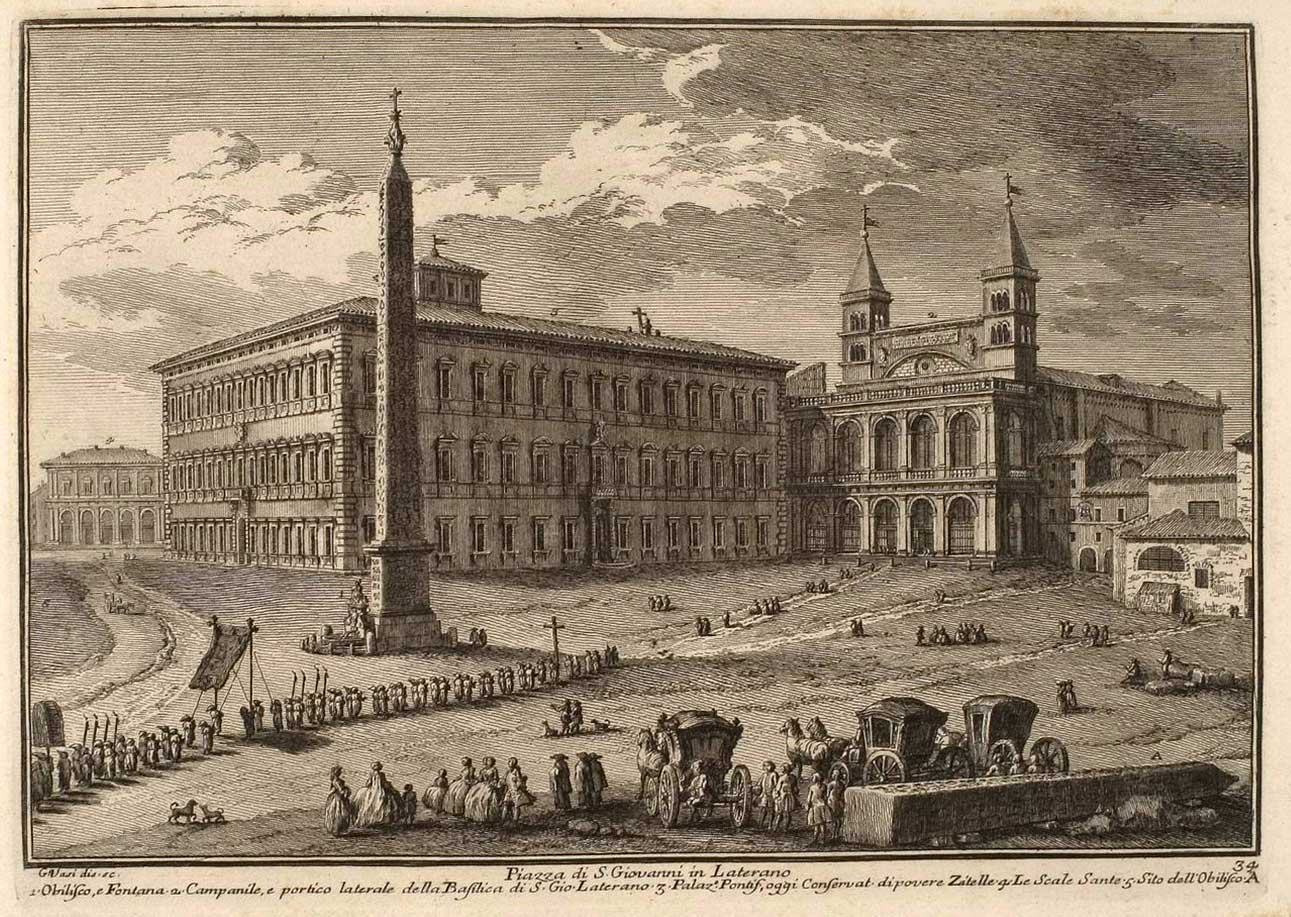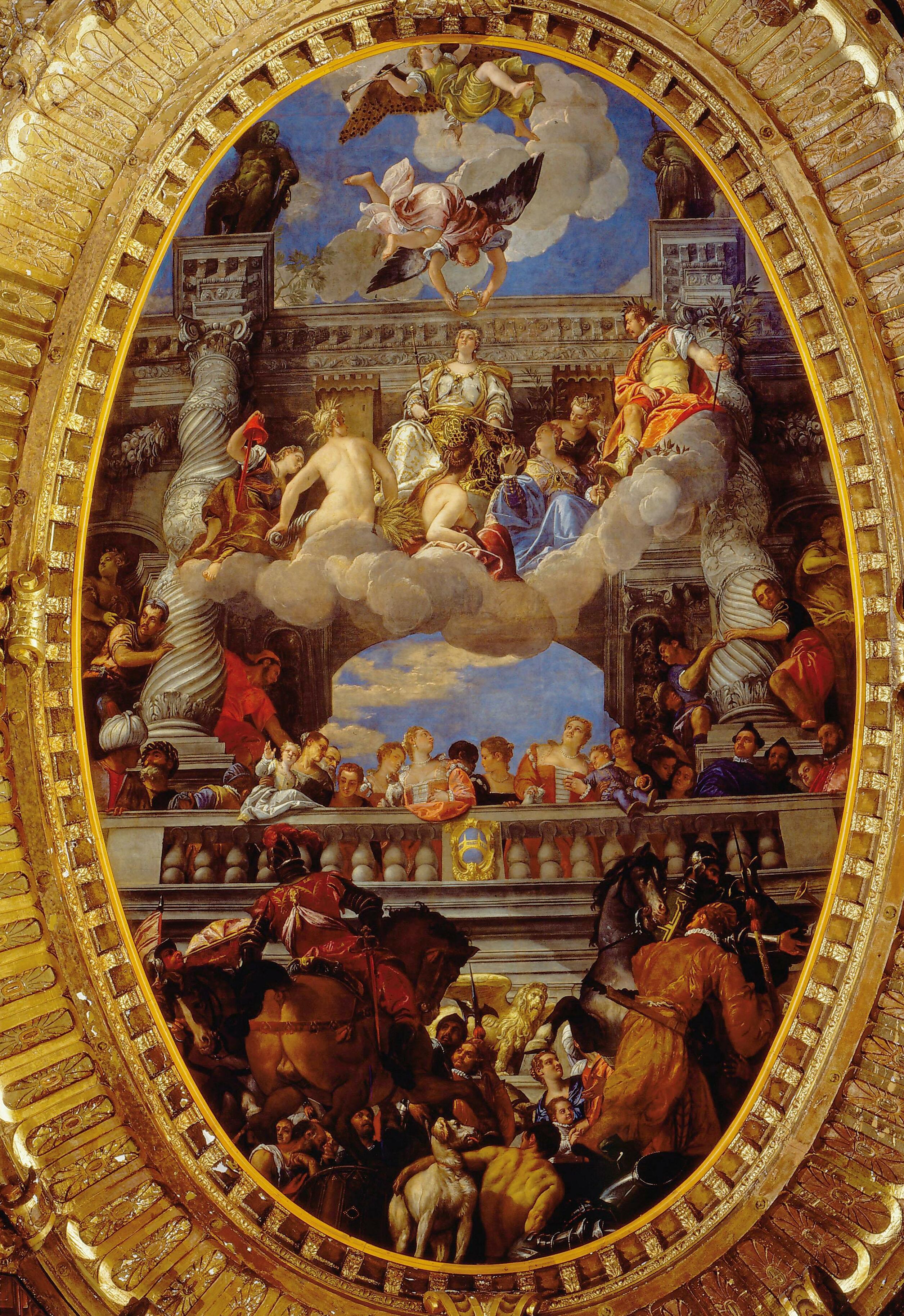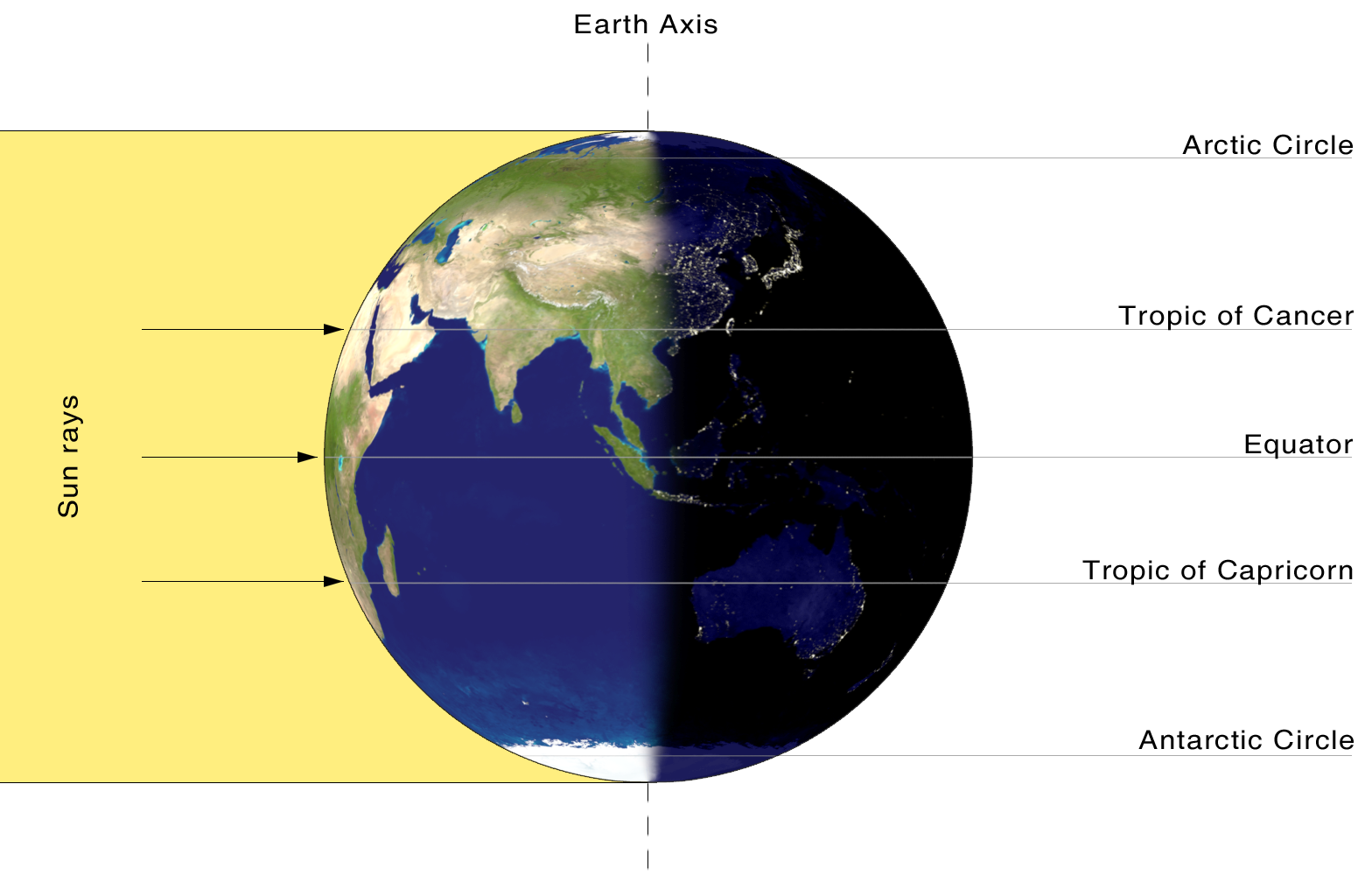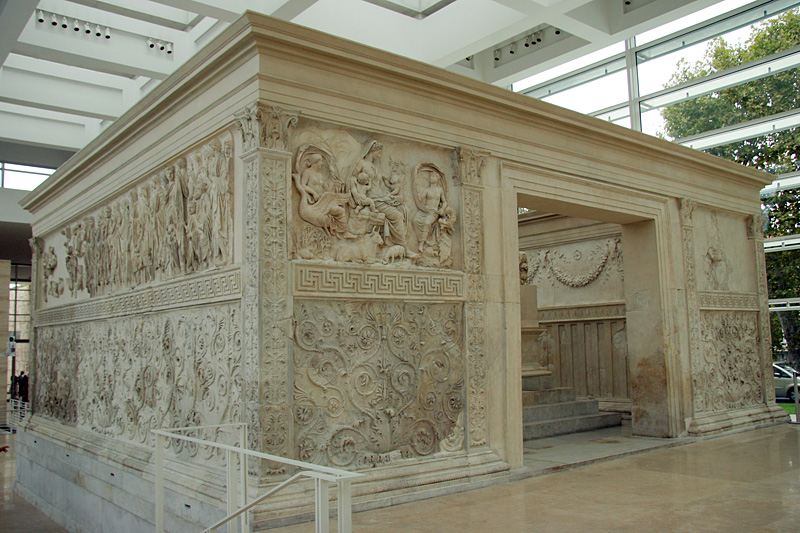|
Obelisk Of Montecitorio
The Obelisk of Montecitorio (), also known as Solare, is an ancient Egyptian, red granite obelisk of Psamtik II (595–589 BC) from Heliopolis. Brought to Rome with the Flaminio Obelisk in 10 BC by the Roman Emperor Augustus to be used as the gnomon of the Solarium Augusti, it is now in the Piazza Montecitorio. It is high, and including the base and the globe. History First construction The stone was quarried at Aswan and then transported to, and erected at, the sanctuary of Ra in Heliopolis during the reign of Psamtik II (595–589 BC). The hieroglyphic inscription on the sides reads The Golden Horus, beautifying the Two Lands, beloved of Atum, lord of Heliopolis; the King of Upper and Lower Egypt, Neferibre, beloved of Re-Harakhti; the son of his own body, who seizes the White Crown and who unites the Double Crown, Psammetikos, beloved of the Souls of Heliopolis. and the inscription on the Pyramidion reads King of Upper and Lower Egypt, son of Re life for ev ... [...More Info...] [...Related Items...] OR: [Wikipedia] [Google] [Baidu] |
Giuseppe Vasi
Giuseppe Vasi (27 August 1710 – 16 April 1782) was an Italian engraver and architect, best known for his ''Veduta, vedute''. Biography He was born in Corleone, Sicily and later, around 1736, moved to Rome. After a period of intense visits and studies, Vasi started to work as an engraver in thCalcografia Camerale, the main public institution of Rome devoted to engraving and etching, founded some years before by Pope Clement XII. His views for the Calcografia include panoramas of the Trevi Fountain and of the Spanish Steps. Later on Vasi started to work on his own, producing and selling series of his views to a public made principally of grand tourists. The first series of akin consists in the ''Vedute di Roma sul Tevere'', i.e. ''Views of the Tiber'', circa 1743 and later adapted to become part of the ''Magnificenze di Roma antica e moderna''. In these years Vasi also hosted in his workshop for a limited period of time the young Giovanni Battista Piranesi, his major pupil, who ... [...More Info...] [...Related Items...] OR: [Wikipedia] [Google] [Baidu] |
Sundial
A sundial is a horology, horological device that tells the time of day (referred to as civil time in modern usage) when direct sunlight shines by the position of the Sun, apparent position of the Sun in the sky. In the narrowest sense of the word, it consists of a flat plate (the ''dial'') and a gnomon, which casts a shadow onto the dial. As the Sun diurnal motion, appears to move through the sky, the shadow aligns with different hour-lines, which are marked on the dial to indicate the time of day. The ''style'' is the time-telling edge of the gnomon, though a single point or ''nodus'' may be used. The gnomon casts a broad shadow; the shadow of the style shows the time. The gnomon may be a rod, wire, or elaborately decorated metal casting. The style must be polar alignment, parallel to the axis of the Earth's rotation for the sundial to be accurate throughout the year. The style's angle from horizontal is equal to the sundial's geographical latitude. The term ''sundial'' can r ... [...More Info...] [...Related Items...] OR: [Wikipedia] [Google] [Baidu] |
Hadrian
Hadrian ( ; ; 24 January 76 – 10 July 138) was Roman emperor from 117 to 138. Hadrian was born in Italica, close to modern Seville in Spain, an Italic peoples, Italic settlement in Hispania Baetica; his branch of the Aelia gens, Aelia ''gens'', the ''Aeli Hadriani'', came from the town of Atri, Abruzzo, Hadria in eastern Italy. He was a member of the Nerva–Antonine dynasty. Early in his political career, Hadrian married Vibia Sabina, grandniece of the ruling emperor, Trajan, and his second cousin once removed. The marriage and Hadrian's later succession as emperor were probably promoted by Trajan's wife Pompeia Plotina. Soon after his own succession, Hadrian had four leading senators unlawfully put to death, probably because they seemed to threaten the security of his reign; this earned him the senate's lifelong enmity. He earned further disapproval by abandoning Trajan's expansionist policies and territorial gains in Mesopotamia (Roman province), Mesopotamia, Assyria ( ... [...More Info...] [...Related Items...] OR: [Wikipedia] [Google] [Baidu] |
Antoninus Pius Columna
Antoninus is a Latin masculine given name. It may refer to: Roman people * Antoninus (philosopher), Neoplatonist philosopher of the 4th century * Antoninus (turncoat), Roman who joined the Sassanid Empire and assisted Shapur II in the siege of Amida * Antoninus Liberalis, Greek grammarian who lived between the first and third centuries AD * Antoninus Pius (86–161), Roman emperor from 138 to 161 * Gaius Arrius Antoninus, 2nd century Roman senator * Gnaeus Arrius Antoninus (born AD 31), maternal grandfather of Antoninus Pius * Honoratus Antoninus, 5th century Roman Catholic Bishop * Lucius Caesennius Antoninus (c. 95 – after 128), Roman aristocrat and consul * Marcus Aurelius Antoninus (other), several emperors with the same regnal name * Quintus Haterius Antoninus, 1st century Roman consul Saints See also * William Everson (poet) (1912–1994), also known as Brother Antoninus, American poet * Antonin (other) * Antonius Antonius is a masculine given name, a ... [...More Info...] [...Related Items...] OR: [Wikipedia] [Google] [Baidu] |
Julius Caesar
Gaius Julius Caesar (12 or 13 July 100 BC – 15 March 44 BC) was a Roman general and statesman. A member of the First Triumvirate, Caesar led the Roman armies in the Gallic Wars before defeating his political rival Pompey in Caesar's civil war, a civil war. He subsequently became Roman dictator, dictator from 49 BC until Assassination of Julius Caesar, his assassination in 44 BC. Caesar played a critical role in Crisis of the Roman Republic, the events that led to the demise of the Roman Republic and the rise of the Roman Empire. In 60 BC, Caesar, Marcus Licinius Crassus, Crassus, and Pompey formed the First Triumvirate, an informal political alliance that dominated Roman politics for several years. Their attempts to amass political power were opposed by many in the Roman Senate, Senate, among them Cato the Younger with the private support of Cicero. Caesar rose to become one of the most powerful politicians in the Roman Republic through a string of military victories in the G ... [...More Info...] [...Related Items...] OR: [Wikipedia] [Google] [Baidu] |
Apotheosis
Apotheosis (, ), also called divinization or deification (), is the glorification of a subject to divine levels and, commonly, the treatment of a human being, any other living thing, or an abstract idea in the likeness of a deity. The original sense of apotheosis relates to religion and is the subject of many works of art. Figuratively "apotheosis" may be used in almost any context for "the deification, glorification, or exaltation of a principle, practice, etc.", so normally attached to an abstraction of some sort. In religion, apotheosis was a feature of many religions in the ancient world, and some that are active today. It requires a belief that there is a possibility of newly created gods, so a polytheistic belief system. The major modern religions of Christianity, Islam, and Judaism do not allow for this, though many recognise minor sacred categories such as saints (created by a process called canonization). In Christian theology there is a concept of the faithful bec ... [...More Info...] [...Related Items...] OR: [Wikipedia] [Google] [Baidu] |
Natural History (Pliny)
The ''Natural History'' () is a Latin work by Pliny the Elder. The largest single work to have survived from the Roman Empire to the modern day, the ''Natural History'' compiles information gleaned from other ancient authors. Despite the work's title, its subject area is not limited to what is today understood by natural history; Pliny himself defines his scope as "the natural world, or life". It is encyclopedic in scope, but its structure is not like that of a modern encyclopedia. It is the only work by Pliny to have survived, and the last that he published. He published the first 10 books in AD 77, but had not made a final revision of the remainder at the time of Pliny the Elder#Death, his death during the Eruption of Mount Vesuvius in 79 AD, AD 79 eruption of Vesuvius. The rest was published posthumously by Pliny's nephew, Pliny the Younger. The work is divided into 37 books, organised into 10 volumes. These cover topics including astronomy, mathematics, geography, ethn ... [...More Info...] [...Related Items...] OR: [Wikipedia] [Google] [Baidu] |
Pliny The Elder
Gaius Plinius Secundus (AD 23/24 79), known in English as Pliny the Elder ( ), was a Roman Empire, Roman author, Natural history, naturalist, and naval and army commander of the early Roman Empire, and a friend of the Roman emperor, emperor Vespasian. He wrote the encyclopedic (''Natural History''), a comprehensive thirty-seven-volume work covering a vast array of topics on human knowledge and the natural world, which became an editorial model for encyclopedias. He spent most of his spare time studying, writing, and investigating natural and geographic phenomena in the field. Among Pliny's greatest works was the twenty-volume ''Bella Germaniae'' ("The History of the German Wars"), which is Lost literary work, no longer extant. ''Bella Germaniae'', which began where Aufidius Bassus' ''Libri Belli Germanici'' ("The War with the Germans") left off, was used as a source by other prominent Roman historians, including Plutarch, Tacitus, and Suetonius. Tacitus may have used ''Bella Ger ... [...More Info...] [...Related Items...] OR: [Wikipedia] [Google] [Baidu] |
September Equinox
The September equinox (or southward equinox) is the moment when the Sun appears to cross the celestial equator, heading southward. Because of differences between the calendar year and the tropical year, the September equinox may occur from September 21 to 24. At the equinox, the Sun as viewed from the equator rises due east and sets due west. Before the Southward equinox, the Sun rises and sets more northerly, and afterwards, it rises and sets more southerly. The equinox may be taken to mark the end of astronomical summer and the beginning of astronomical autumn (autumnal equinox) in the Northern Hemisphere, while marking the end of astronomical winter and the start of astronomical spring (vernal equinox) in the Southern Hemisphere. Occurrences The September equinox is one point in time commonly used to determine the length of the tropical year. The dates and times of the September equinoxes that occur from the year 2018 to 2028 (UTC) are listed as follows: Const ... [...More Info...] [...Related Items...] OR: [Wikipedia] [Google] [Baidu] |
Ara Pacis
The (Latin, "Altar of Augustan Peace"; commonly shortened to ) is an altar in Rome dedicated to the Pax Romana. The monument was commissioned by the Roman Senate on July 4, 13 BC to honour the return of Augustus to Rome after three years in Hispania and Gaul and consecrated on January 30, 9 BC. Originally located on the northern outskirts of Rome, a Roman mile from the boundary of the ''pomerium'' on the west side of the Via Flaminia, the Ara Pacis stood in the northeastern corner of the Campus Martius, the former flood plain of the Tiber River and gradually became buried under of silt deposits. It was reassembled in its current location, now the Museum of the Ara Pacis, in 1938, turned 90° counterclockwise from its original orientation so that the original western side now faces south. Significance The altar reflects the Augustan vision of Religion in ancient Rome, Roman civil religion. The lower register of its frieze depicts agricultural work meant to communicate the abun ... [...More Info...] [...Related Items...] OR: [Wikipedia] [Google] [Baidu] |
Zodiac
The zodiac is a belt-shaped region of the sky that extends approximately 8° north and south celestial latitude of the ecliptic – the apparent path of the Sun across the celestial sphere over the course of the year. Within this zodiac belt appear the Moon and the brightest planets, along their orbital planes. The zodiac is divided along the ecliptic into 12 equal parts, called " signs", each occupying 30° of celestial longitude. These signs roughly correspond to the astronomical constellations with the following modern names: Aries, Taurus, Gemini, Cancer, Leo, Virgo, Libra, Scorpio, Sagittarius, Capricorn, Aquarius, and Pisces. The signs have been used to determine the time of the year by identifying each sign with the days of the year the Sun is in the respective sign. In Western astrology, and formerly astronomy, the time of each sign is associated with different attributes. The zodiacal system and its angular measurement in 360 sexagesimal degree ... [...More Info...] [...Related Items...] OR: [Wikipedia] [Google] [Baidu] |







